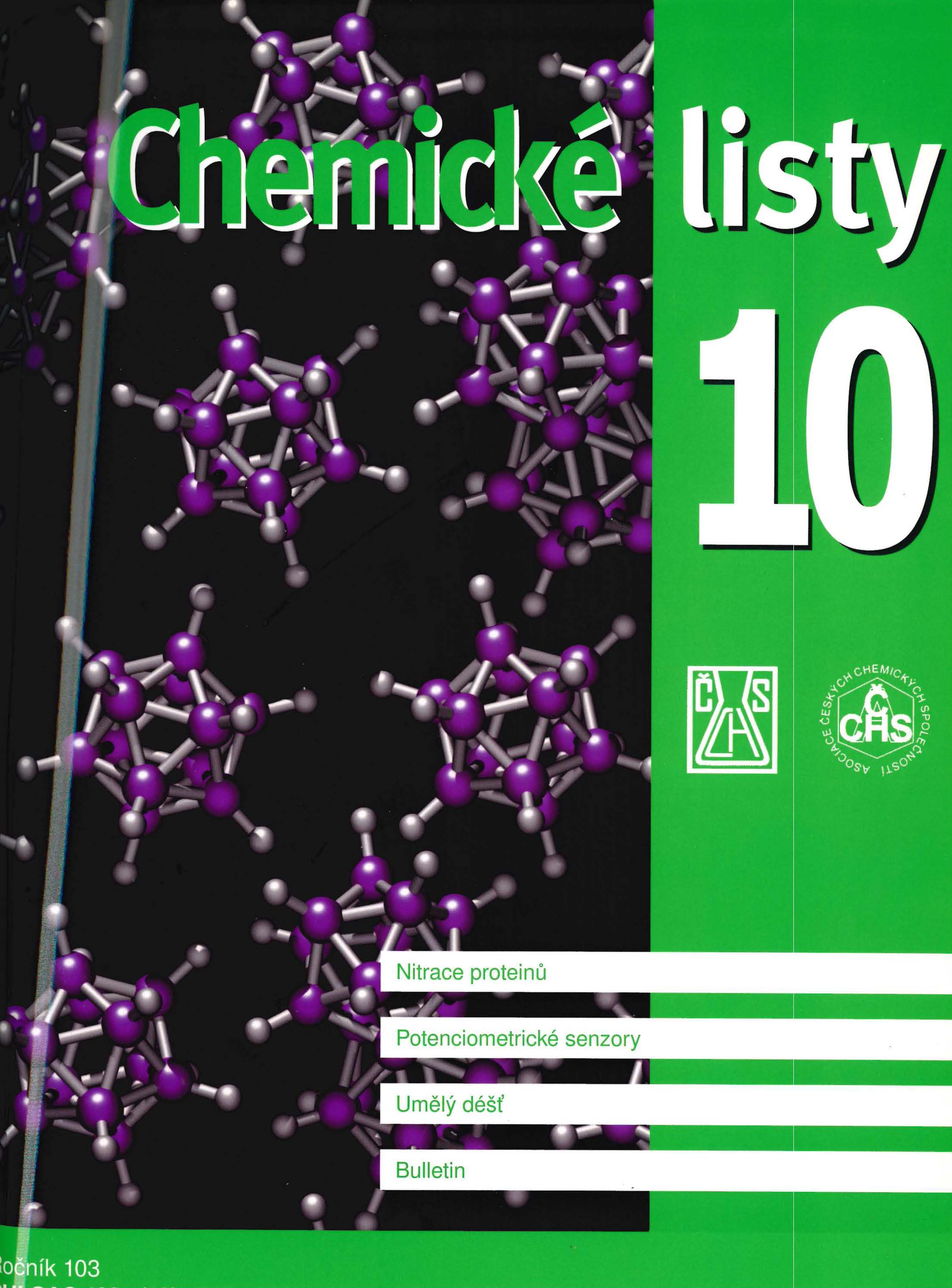Potentiometric Sensors Based on Conducting Polymers: Preparation, Response Mechanisms and Applications
Abstrakt
This article summarizes the properties of conducting polymers (CP) used in potentiometric sensors. Conducting polymers such as polypyrrole (PPYR), polyaniline (PANI), polythiophene (PTF) and their derivatives are multifunctional materials with unique electric, electrochemical and optical properties, which can be used in chemical sensors, e.g., in noble-metal electrodes coated with a CP film. Electrodes modified with CP containing substituents and dopants can be obtained by electrochemical polymerization of a wide range of monomers. The simple procedure leads to thick and homogenous coverage of the electrode metal. The film acting as a cation or anion exchanger provides a cationic or anionic potentiometric response, which depends on the size and mobility of incorporated ions. The electron transfer across the polymer–solution boundary affects the potentiometric response in the presence of a redox-active species. The most important factor influencing CP properties is pH. CPs containing heteroatoms in their structure can be protonated or deprotonated. CP-based sensors have some advantages, such as a fast response to the analyte and the possibility of miniaturization. Their lifetime is longer than that of classical PVC membrane electrodes because there is no ionophore loss from the membrane due to a low solubility of polymer films in analytes.Stahování
Publikováno
15.11.2009
Jak citovat
Broncová, G., Shishkanova, T. V., Kronďák, M., Volf, R., & Král, V. (2009). Potentiometric Sensors Based on Conducting Polymers: Preparation, Response Mechanisms and Applications. Chemické Listy, 103(10). Získáno z http://w.chemicke-listy.cz/ojs3/index.php/chemicke-listy/article/view/1448
Číslo
Sekce
Články





